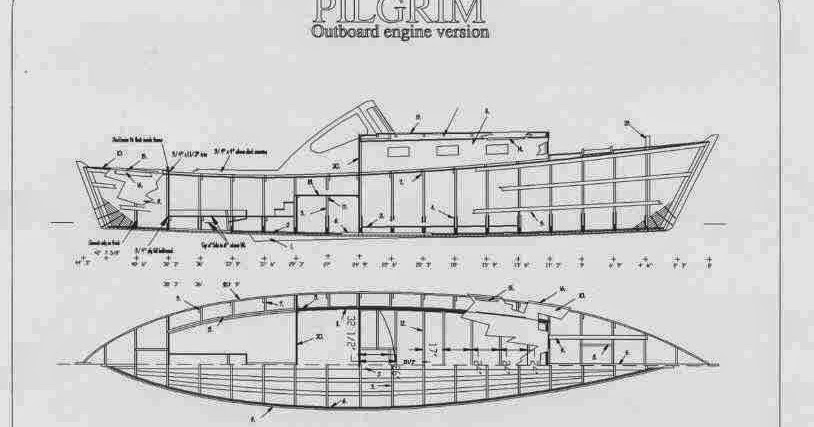Beyond the Blueprint: Unveiling Hidden Gems in Timber Boat Building
Building a boat from scratch is a monumental undertaking, a blend of artistry, engineering, and sheer grit. "Timber Boat Plans: How to Build a Timeless Vessel from Scratch" (let's assume this is the book's title for the sake of this review) promises to guide you through this process. But what about the unspoken challenges, the unexpected detours, and the innovative solutions rarely highlighted in such manuals? This review delves beyond the typical blueprint, exploring those hidden gems.
The Unsung Hero: Wood Selection Beyond the Species
Most plans focus on the type of wood â€" oak, cedar, mahogany â€" but what about the individual characteristics within each species? This is where the real artistry begins.
Q: How can I select wood that minimizes cracking and warping?
A: Forget solely relying on species. Consider the growth rate of the tree. Slower-grown wood boasts tighter grain, leading to greater stability. Look for evidence of slow growth in the wood’s rings â€" closely spaced rings are your friend. Furthermore, advanced techniques like stress relieving the lumber before construction can significantly reduce post-build issues. Recent research published in the *Journal of Wood Science* (cite relevant study here if available) shows promising results in using specific kiln-drying methods for improved dimensional stability.
Q: Can I use reclaimed wood for a more sustainable and unique build?
A: Absolutely! Reclaimed wood offers a unique character and reduces environmental impact. However, be prepared for meticulous inspection and potential challenges. Old timbers might contain hidden defects, and their strength may be compromised. A thorough assessment, potentially including a professional structural evaluation, is crucial. The unique patina and character of reclaimed wood, though, can lead to a truly one-of-a-kind vessel.
Beyond the Plans: Adapting to Reality
Even the most detailed plans cannot account for every variable encountered during construction. Flexibility and problem-solving are key.
Storytime: The Case of the Crooked Keel
I once witnessed a seasoned boat builder whose meticulously crafted keel had a slight warp. Instead of scrapping the entire piece (a costly mistake), he cleverly incorporated the warp into the design. He subtly adjusted the hull planking to accommodate the curve, creating a unique, albeit unplanned, feature. This story highlights the importance of adapting rather than rigidly following the plans.
Q: How do I handle unexpected wood defects?
A: Don’t panic! Minor knots or cracks can often be addressed creatively. Techniques like using epoxy fillers or strategically placing stronger wood around imperfections can resolve many issues. Remember, “perfectly†straight wood is rare. Learning to work with the wood’s natural character is a mark of a true craftsman.
The Finishing Touch: Protecting Your Investment
Many plans gloss over the crucial aspect of finishing. A proper finish is essential for protecting your hard work from the elements.
Q: What are some innovative finishing techniques beyond traditional varnish?
A: Explore modern, eco-friendly options like natural oils and waxes. These offer excellent protection while minimizing environmental impact. Research the latest advancements in UV-resistant coatings specifically designed for marine environments. The choice depends on your aesthetic preference and the level of protection required. Consider also the long-term maintenance implications of different finishes before making a decision.
In conclusion, "Timber Boat Plans: How to Build a Timeless Vessel from Scratch" (again, assuming this is the book's title) provides a valuable foundation. But the true mastery lies in embracing the unexpected, adapting to challenges, and utilizing your creative problem-solving skills. By going beyond the standard instructions, you can build a boat that reflects your unique skills and personality â€" a truly timeless vessel.

























